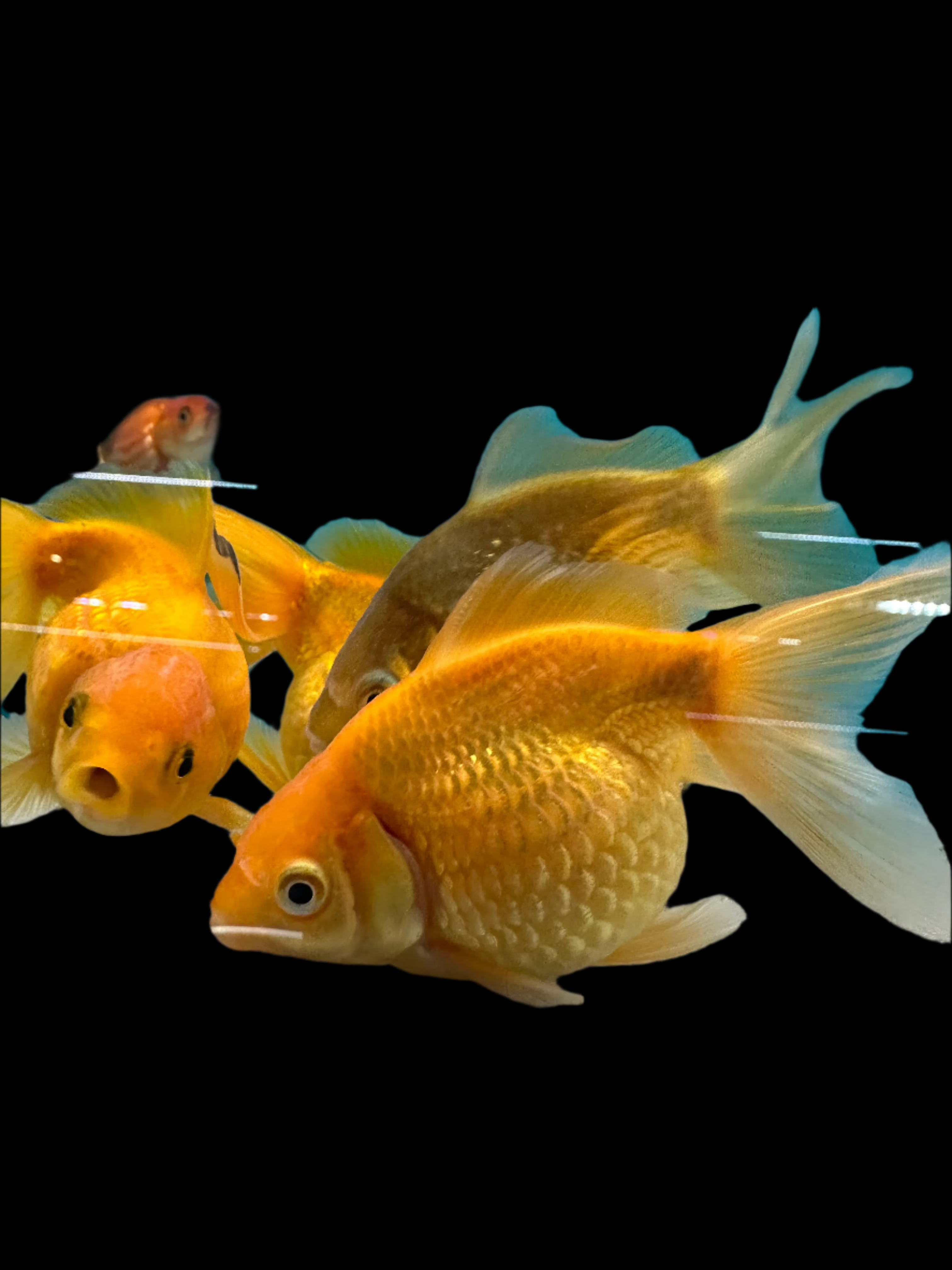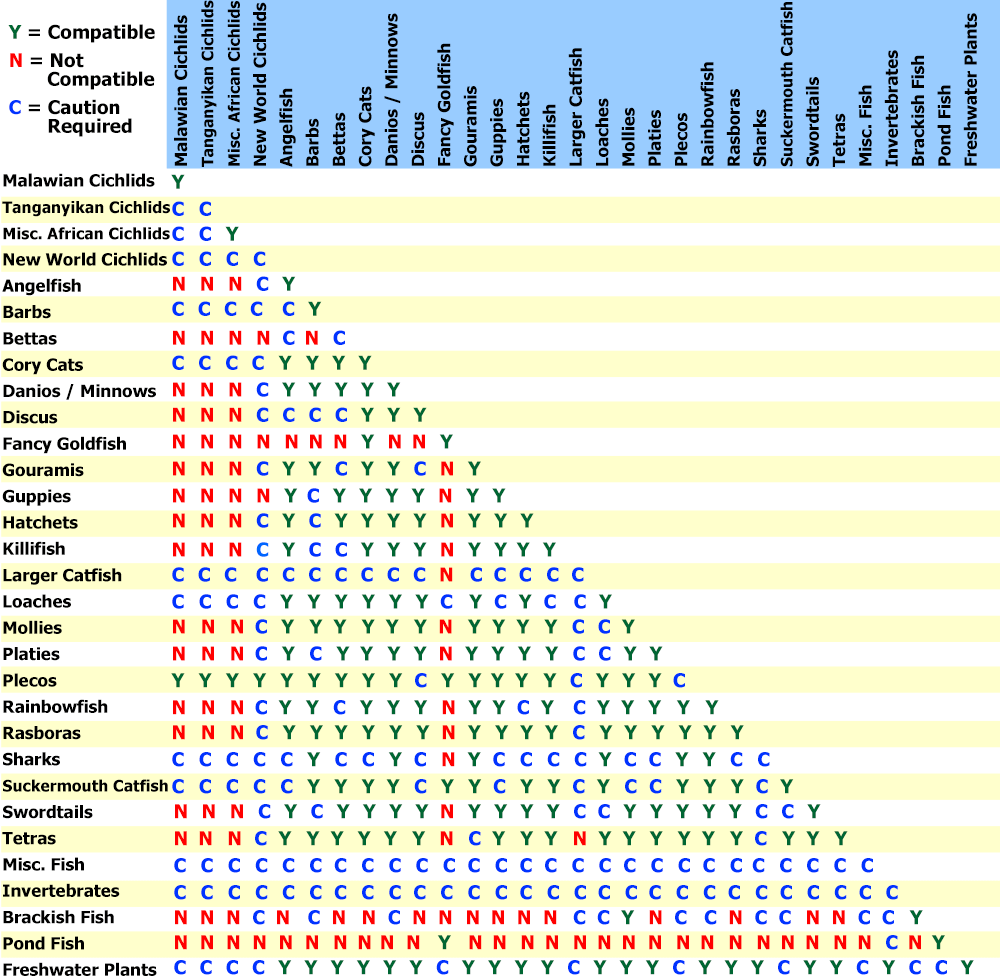Description
Fancy Goldfish – Graceful Beauty for Your Aquarium
Add a touch of elegance to your tank with our Fancy Goldfish, the crown jewels of freshwater aquariums. Known for their flowing fins, vibrant colors, and charming personalities, these ornamental fish are a perfect combination of beauty and tranquility.
Whether you choose a Veiltail, Ryukin, Oranda, or Pearlscale, each Fancy Goldfish is selectively bred for stunning appearance and gentle nature. With their peaceful temperament, they thrive in community tanks and are ideal for both beginner and experienced aquarists.
Key Features:
-
Eye-Catching Colors: From shimmering gold to deep oranges, whites, and calicos.
-
Distinctive Shapes: Unique body types and trailing fins for a truly decorative display.
-
Low-Maintenance Companions: Hardy and adaptable, with proper care and clean water.
-
Great for Coldwater Tanks: No heater required — just clean, filtered water.
Care Tips:
-
Tank size: Minimum 20 gallons for one, +10 gallons per additional fish
-
Diet: High-quality pellets, fresh vegetables, occasional protein treats
-
Water Temp: 65–75°F (18–24°C)
-
Lifespan: Up to 10–15 years with proper care
Elevate your aquatic experience with the timeless beauty and gentle charm of Fancy Goldfish — where art and nature swim together.
Click & Collect
Livestock will only be bagged once you arrive, or if you contact us in advance to request it ready beforehand.
Local Delivery
Order anything from our in-store range and have it delivered right to you.
-
Minimum spend: £50
-
Delivery up to 10 miles: £10
-
Delivery up to 25 miles: £20
Distances are measured “as the crow flies”, not by road.
Once your order is placed, we’ll be in touch to arrange a suitable delivery date and time.
Please note, delivery may take a little longer as we often group orders together to build an efficient delivery run.
Important: If you’re ordering a large aquarium, please ensure someone is available to help unload the van on arrival.
Dry Goods Delivery
-
DX Express: 1 working day, same-day dispatch before noon 0-75kg
-
Express Pallet: 1–3 working days 75-500kg
If you'd like to add more items to an existing order that hasn't yet been dispatched, please place a Click & Collect order and leave a note asking us to combine the orders.
Please note: We currently only dispatch parcels Wednesday to Friday.
Pre-Order
Want the full details? Check out our Terms & Conditions.
Livestock Delivery
Thursday Delivery – £24
-
Dispatched Wednesday afternoon
-
Delivered Thursday before 1pm
-
Order by Wednesday 12 noon
-
Minimum spend: £50
Friday Delivery – £24
-
Dispatched Thursday afternoon
-
Delivered Friday before 1pm
-
Order by Thursday 12 noon
-
Minimum spend: £50
Saturday Delivery – £29
-
Dispatched Friday afternoon
-
Delivered Saturday before 1pm
-
Order by Friday 12 noon
-
Minimum spend: £50
📦 Want to Add to an Existing Order?
No problem! Just place a Click & Collect order and leave a note asking us to link it with your original one (as long as it hasn’t been dispatched yet).
🛒 Dry Goods Now Included!
You can now include dry goods in your livestock delivery – perfect for topping up supplies in one go.
❄️ Please note: We can’t send frozen food with livestock – please order frozen items separately.
⚠️ Delivery Exclusions
Unfortunately, we’re unable to deliver livestock to the following postcodes:
Scotland & Isles:
AB30–AB56, DD8–DD10, DG3–DG9, DG12–DG14, FK17–FK21, KA18–KA19, KA26–KA30, PA20–PA38, PA80, PH3–PH40
Cornwall Isles: TR21–TR25
All of the following postcodes are excluded:
BT, HS, IM, IV, JE, KW
Plus Channel Islands and Shetland Islands
Payment & Security
Your payment information is processed securely. We do not store credit card details nor have access to your credit card information.


